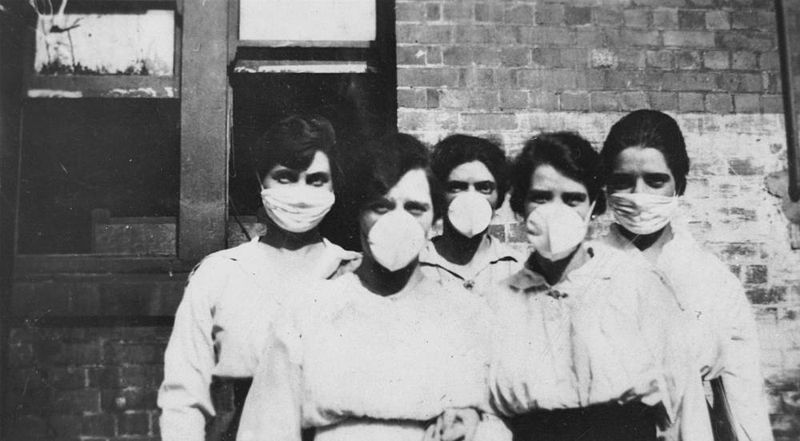Could lessons learnt from 1919’s Spanish Influenza assist Australia’s recovery from COVID-19?
Australia’s response to the Spanish influenza of 1919 could assist the current Australian government with its response to COVID-19, according to UNSW Canberra historian Associate Professor David Lee.

